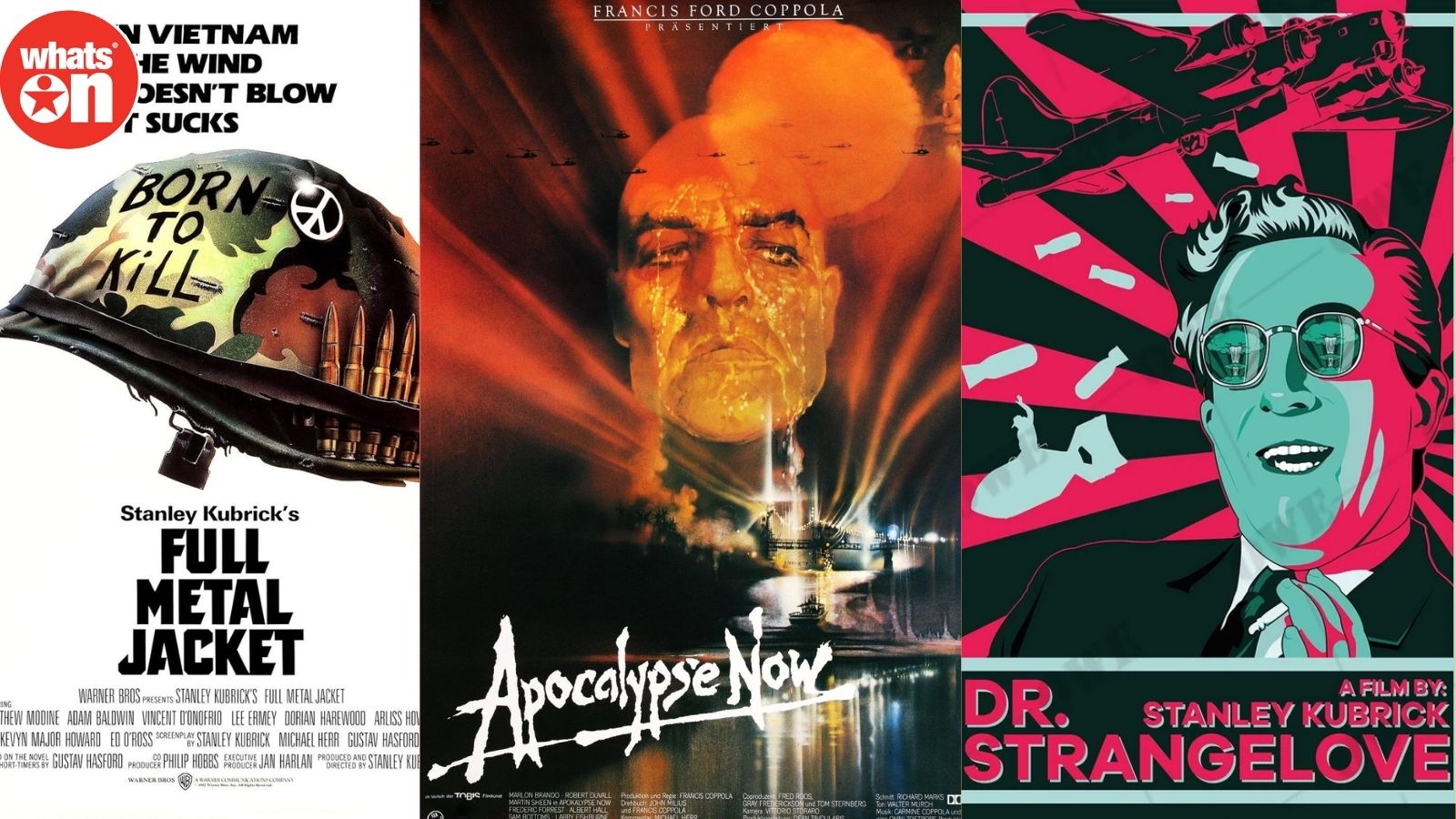Film Friday:7 Best Anti-War Films Ever Made

The anti-war film genre highlights the devastating effects of war on individuals and societies, often presenting a stark and harrowing portrayal of conflict. Through powerful storytelling and emotional depth, these movies challenge romanticized versions of battle and emphasize humanity’s suffering. In this essay, we will explore seven of the greatest anti-war movies of all time, examining their themes, narratives, and impacts on audiences.
Come and See (1985)
Come and See, directed by Elem Klimov, is a Soviet war drama that explores the harrowing experiences of a young Belarusian boy, Florya, during World War II. The film is renowned for its realistic portrayal of war and the psychological impact it has on its characters. Florya yearns to join the partisans and defend his homeland but soon realizes the grim realities of war as he witnesses atrocities committed against his people.
The film’s unflinching depiction of violence and its emotional depth make it an essential anti-war cinematic experience. It employs chilling imagery and a haunting atmosphere, capturing the trauma of war without glorifying heroism or valor. The film’s climax leaves viewers grappling with the senselessness of human suffering and the irrevocable loss of innocence. With its powerful storytelling and technical brilliance, Come and See remains one of the most profound anti-war films ever made.
Apocalypse Now (1979)
Francis Ford Coppola’s Apocalypse Now is a legendary Vietnam War film that presents a surreal and haunting perspective on the conflict. Inspired by Joseph Conrad’s novella “Heart of Darkness,” the film follows Captain Willard (Martin Sheen) on a mission to eliminate the rogue Colonel Kurtz (Marlon Brando). As Willard journeys deeper into the jungle, he encounters the psychological horrors of war and the moral dilemmas faced by soldiers.
The film explores themes of madness, moral ambiguity, and the effects of war on humanity. Its iconic imagery, such as the helicopter attack set to Wagner’s “Ride of the Valkyries,” serves as a commentary on the chaotic nature of warfare. Apocalypse Now is not merely a war film; it is a profound exploration of the human condition under extreme circumstances. The film’s legacy continues to resonate, establishing it as a landmark work in the anti-war genre.
Paths of Glory (1957)
Directed by Stanley Kubrick, Paths of Glory is a powerful indictment of the military establishment during World War I. The film stars Kirk Douglas as Colonel Dax, who defends three soldiers accused of cowardice after a failed offensive. The narrative highlights the moral bankruptcy of military hierarchy and the absurdity of war.
Paths of Glory raises profound questions about sacrifice, honor, and the value of human life in the face of bureaucratic indifference. Its stark black-and-white cinematography captures the desolate landscape of war, emphasizing the bleakness of Dax’s struggle against a callous system. With its compelling performances and poignant message, Paths of Glory remains a timeless classic in anti-war cinema, challenging the notion of glory in battle.
Full Metal Jacket (1987)
Stanley Kubrick’s Full Metal Jacket is a visceral examination of the Vietnam War, focusing on the dehumanizing effects of military training and combat. The film begins with the brutal boot camp experience of soldiers led by the merciless Drill Sergeant Hartman (R. Lee Ermey), followed by their harrowing experiences in Vietnam.
Full Metal Jacket presents a duality: the first half critiques military indoctrination, while the second half showcases the chaos of war. The film’s iconic imagery, memorable dialogue, and dark humor make it a compelling exploration of the psychological toll of war on soldiers. Kubrick’s unique style and narrative structure contribute to its lasting impact, solidifying Full Metal Jacket as one of the essential anti-war films.
Grave of the Fireflies (1988)
Isao Takahata’s Grave of the Fireflies is an animated Japanese film that tells a heartbreaking story set in the aftermath of World War II. The narrative follows siblings Seita and Setsuko as they struggle to survive in war-torn Japan after losing their mother. This poignant tale highlights the devastating impact of war on innocent civilians, particularly children.
Grave of the Fireflies is celebrated for its emotional depth and stunning animation. It presents war’s brutality through the lens of childhood, illustrating the loss of innocence and the harsh realities faced by those caught in conflict. The film’s tragic conclusion serves as a powerful reminder of the human cost of war, making it a deeply affecting anti-war masterpiece.
All Quiet on the Western Front (1930)
Based on Erich Maria Remarque’s novel, All Quiet on the Western Front is a seminal work that captures the harrowing experiences of young German soldiers during World War I. The film follows Paul Bäumer (Lew Ayres) and his comrades as they confront the brutal realities of trench warfare, ultimately leading to disillusionment and despair.
The film’s powerful anti-war message is conveyed through its stark and realistic depiction of the battlefield, emphasizing the senseless loss of life and the impact of war on future generations. All Quiet on the Western Front remains a significant cinematic achievement, reminding audiences of the tragic consequences of conflict and the psychological scars left on those who serve.
Dr. Strangelove (1964)
Stanley Kubrick’s Dr. Strangelove or: How I Learned to Stop Worrying and Love the Bomb is a darkly comedic take on the absurdity of nuclear warfare during the Cold War. The film satirizes the military-industrial complex and the paranoia surrounding nuclear annihilation, following a rogue general who orders a nuclear attack on the Soviet Union.
Through its sharp wit and memorable performances, particularly by Peter Sellers in multiple roles, Dr. Strangelove critiques the foolishness of political power and the terrifying potential for self-destruction. The film’s blend of humor and horror fosters a deeper understanding of the dread surrounding nuclear conflict, making it an essential addition to the canon of anti-war films.
For more Film Reviews, visit WhatsOn.guide

- Art
- Causes
- Best Offers
- Crafts
- Dance
- Drinks
- Film
- Fitness
- Food
- Jogos
- Festival
- Gardening
- Health
- Início
- Literature
- Music
- Networking
- Outro
- Party
- Religion
- Shopping
- Sports
- Theater
- Wellness



